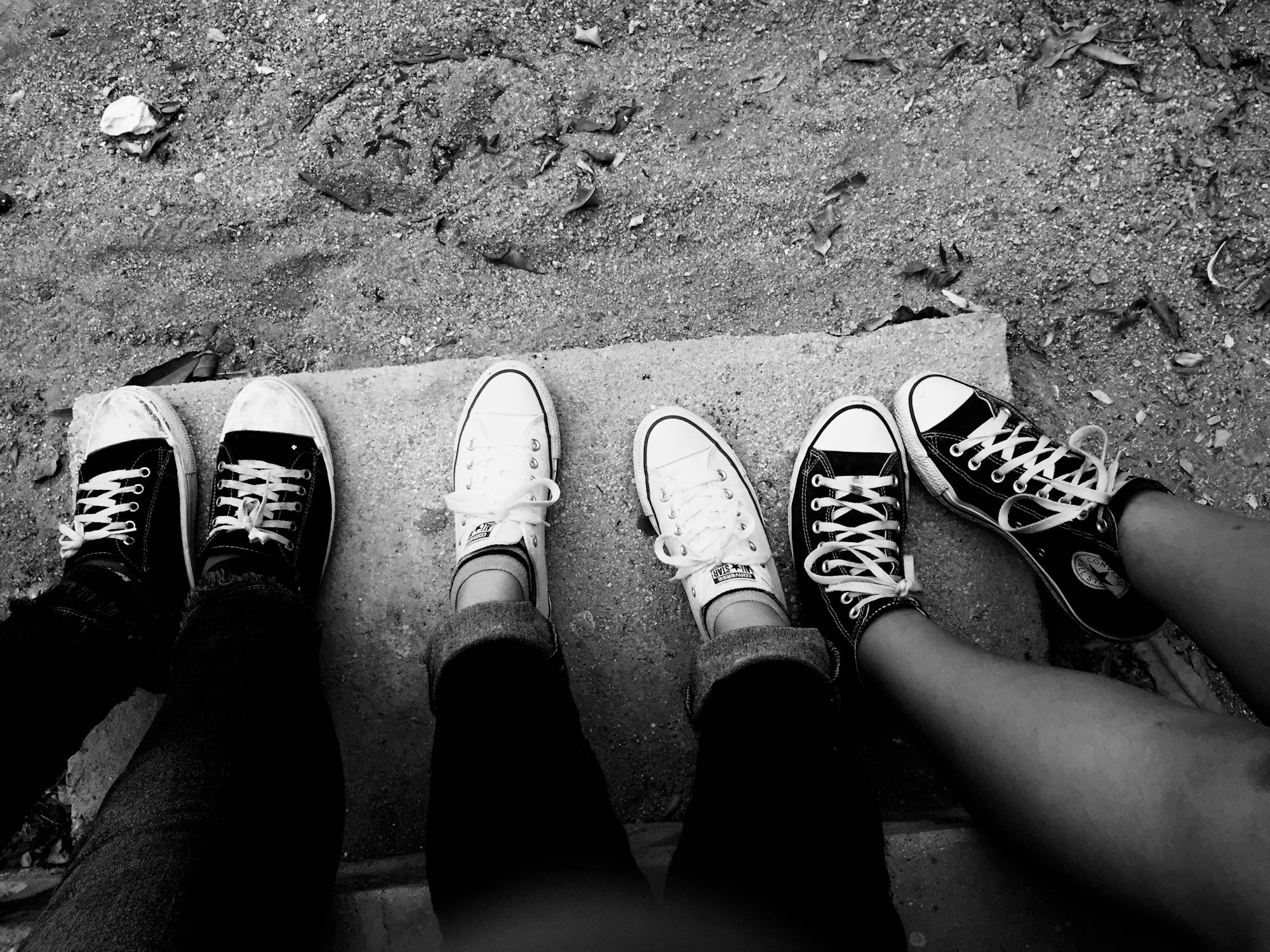Sustainable Fashion: Embracing Eco-Friendly underwire bras Choices
Sustainable fashion has emerged as a vital movement in the modern clothing industry, focusing on environmentally friendly practices that promote ethical production and consumption. As awareness of the environmental impact of fast fashion grows, many individuals are seeking ways to embrace sustainable choices in their wardrobes. This article will delve into the principles of sustainable fashion, the benefits of eco-friendly clothing, and practical tips for creating a stylish yet responsible wardrobe.
Understanding Sustainable Fashion
Sustainable fashion refers to the design, manufacturing, and consumption of clothing that is environmentally friendly and socially responsible. This approach encompasses various aspects, including the use of sustainable materials, ethical labor practices, and a commitment to reducing waste. By prioritizing sustainability, the fashion industry aims to minimize its ecological footprint while promoting a more equitable and just system for workers.
The concept of sustainability in fashion extends beyond just materials; it also involves the entire lifecycle of a garment, from production to disposal. This holistic approach encourages consumers to consider the impact of their purchases and embrace a mindset that values longevity, quality, and responsible consumption.
The Environmental Impact of Fast Fashion
Fast fashion is characterized by the rapid production of inexpensive clothing that reflects current trends. While it offers consumers affordable options, this model has significant environmental consequences. The fashion industry is one of the largest polluters globally, contributing to water pollution, greenhouse gas emissions, and excessive waste. Here are some key issues associated with fast fashion:
1. Resource Depletion: The production of textiles requires vast amounts of water and energy. Cotton, for instance, is a water-intensive crop, and its cultivation often leads to depletion of local water resources.
2. Chemical Pollution: The use of synthetic dyes and chemicals in textile manufacturing contributes to water pollution. These toxic substances can harm aquatic ecosystems and affect communities near manufacturing sites.
3. Waste Generation: Fast fashion promotes a culture of disposability, leading to mountains of discarded clothing in landfills. Many garments are worn only a few times before being thrown away, exacerbating waste issues.
Benefits of Sustainable Fashion
Adopting sustainable fashion practices not only benefits the environment but also promotes a healthier and more ethical fashion ecosystem. Here are some key benefits:
1. Reduced Environmental Impact: Sustainable fashion practices aim to minimize resource consumption and waste, leading to a smaller ecological footprint. By choosing eco-friendly materials and ethical production methods, consumers can contribute to a more sustainable industry.
2. Support for Ethical Labor Practices: Many sustainable brands prioritize fair wages and safe working conditions for their employees. By supporting these brands, consumers can help promote social equity in the fashion industry.
3. Quality over Quantity: Sustainable fashion often emphasizes quality over quantity, encouraging consumers to invest in durable garments that last longer. This shift can lead to a more thoughtful approach to clothing consumption.
4. Unique Styles: Many sustainable fashion brands focus on timeless designs and artisanal craftsmanship, offering unique pieces that stand out from mass-produced fast fashion items. This allows consumers to express their individuality while making responsible choices.
Practical Tips for Building a Sustainable Wardrobe
Transitioning to a sustainable wardrobe doesn’t have to be overwhelming. Here are some practical tips to help you make eco-friendly choices while maintaining your personal style:
1. Research Sustainable Brands: Look for clothing brands that prioritize sustainable practices, such as using organic materials, ethical labor, and transparent supply chains. Brands that have certifications like Fair Trade, GOTS (Global Organic Textile Standard), or B Corp status are good indicators of commitment to sustainability.
2. Choose Quality Over Quantity: Invest in high-quality pieces that will last longer and withstand the test of time. Avoid impulse purchases and focus on building a versatile wardrobe with timeless staples that can be mixed and matched.
3. Embrace Secondhand Shopping: Thrift stores, consignment shops, and online platforms for secondhand clothing offer a treasure trove of unique finds. By purchasing pre-owned items, you contribute to reducing waste and extend the lifecycle of clothing.
4. Host Clothing Swaps: Organize clothing swaps with friends or community members. This fun and social activity allows you to refresh your wardrobe without purchasing new items, promoting sustainability through sharing.
5. Care for Your Clothes: Extend the life of your garments by caring for them properly. Follow care instructions, avoid excessive washing, and consider mending instead of discarding damaged items. Simple repairs can breathe new life into your favorite pieces.
6. Mindful Consumption: Before making a purchase, ask yourself if you truly need the item and how it fits into your wardrobe. Avoid buying for the sake of trends and focus on items that align with your style and values.
7. Get Creative with Styling: Explore new ways to style your existing clothing. Layering, accessorizing, and experimenting with different combinations can give your outfits a fresh look without the need for new purchases.
Conclusion
Sustainable fashion is not just a trend; it’s a necessary shift towards a more responsible and ethical industry. By making conscious choices about clothing, consumers can contribute to a healthier planet and support fair labor practices. Embracing sustainable fashion allows individuals to express their style while making a positive impact. Start small, research brands, and gradually build a wardrobe that reflects both your personal taste and your commitment to sustainability. Together, we can foster a more eco-friendly and equitable fashion landscape.
